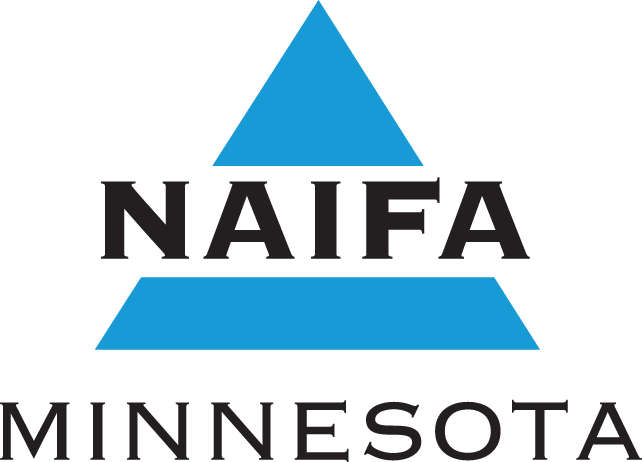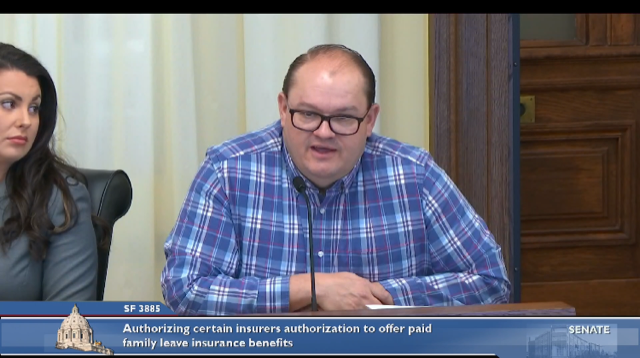Reinsurance Extension Becomes Law!
Rushing to meet a Friday deadline, the Legislature on Thursday evening passed a conference committee report that reauthorizes Minnesota’s health reinsurance program for five years and funds it at $890 million for three years. Minnesota had an April 1 deadline to reauthorize the program under its waiver from CMS. The bill was a top priority for NAIFA-Minnesota in the 2022 session. Its passage is good news to the 165,000 Minnesotans buying health insurance in the individual market and the insurance professionals who serve them. Reinsurance stabilizes premiums in the individual health insurance market by shielding insurers from high-cost claims. According to Commerce Department projections, reinsurance reduces premiums paid by consumers by 20-25%. In addition to extending reinsurance, the final bill also requires health insurers to cover post-natal visits at 3 and 12 weeks and when recommended by a health care provider between those times. It also requires health plans include a flat rate co-pay drug benefit, thereby allowing people to spread out a co-pay for very expensive drugs over the year, rather than immediately pay up to their deductible. Under the current system, some people may need to pay thousands of dollars for drugs in January or February and nothing the rest of the year because they’ve met their deductible, which can be challenging for people who may be living paycheck to paycheck. Not included in the final conference committee report was House provisions seeking alternatives to reinsurance including funding for a study on how health care costs would be affected by a public option for MinnesotaCare. A House provision requiring mental health and chemical dependency parity by health plans was also dropped. Some liberals derided the final bill keeping reinsurance as a “bridge to nowhere” that subsidizes private health insurers with public dollars. The final bill passed the Senate on a bipartisan vote of 47-20 and the House on a vote of 106-25. The Governor signed the bill into law on Friday.
NAIFA Priority Bill Passes Key Committee
The House Commerce Finance and Policy Committee on Tuesday heard and approved the “best interest” standard for annuity solicitations and sales. NAIFA strongly supports this legislation. HF4394 (Kotyza-Witthuhn, DFL-Eden Prairie) reflects the updated 2020 NAIC Annuity Suitability Model which requires a producer, or insurer where no producer is involved, to consider the consumer's needs and financial interests above their own. It provides for a clear definition of best interest and states the benchmarks producers must meet to satisfy their obligation to the client. NAIFA was an active participant in the NAIC Committee deliberations and supported the amended model. A letter from NAIFA-Minnesota in support of the bill (House Best Practices) was distributed to the Committee. The bill was approved and referred to the House floor. Its Senate companion is pending on the Senate floor.
The Committee also heard and approved legislation to bar insurers from declining or limiting coverage for insureds who are living organ or bone marrow donors. HF1829 (Her, DFL-St. Paul) prohibits life, long-term care, disability, or health insurers from declining or limiting coverage to persons who are living organ or bone marrow donors. The bill also prohibits insurers from precluding an insured from donating all or part of an organ or bone marrow as a condition of receiving or continuing to receive coverage. The bill was approved and sent to the House floor. Its Senate companion is pending on the Senate floor.










